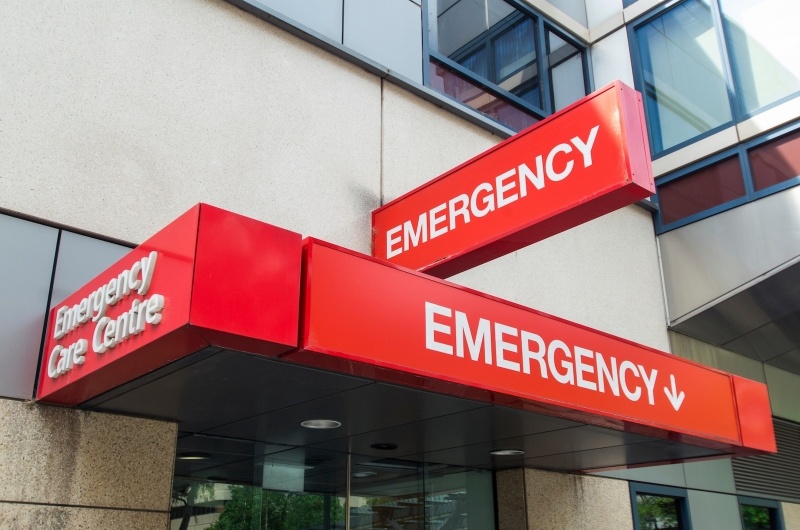
In 2014, Health Facilities Management magazine featured an article discussing the results of their Emergency Management Survey. A random sample of 911 hospital and health system executives were polled to learn about challenges faced during emergency situations such as natural disasters.
A whopping 87% of organizations reported that they had experienced one or more events in the last five years that required implementation of their Emergency Preparedness Plan. In addition, 48% of the organizations stated that their Emergency Preparedness Plan was enacted due to power outages or other system failures.
Statistics like these strongly suggest that hospitals need to be ready for major emergencies. And, with power outages affecting almost half of the respondents, hospitals must ensure that critical equipment is able to function even during a loss of power. Specifically, having a battery-powered aspirator will guarantee that suction is available to patients in any disaster situation.
Things to look for in a battery-powered aspirator:
Long battery life
In a disaster, how long a hospital will be without power may be unknown, and you don’t want your suction to stop working in the middle of an emergency. Many portable aspirators run on AC/DC power, only lasting 45 to 90 minutes before having to be recharged. Having an aspirator that functions from replaceable alkaline batteries is ideal. With this type of aspirator there is no concern with whether a unit has been properly charged. Since alkaline batteries have a long shelf life, they can be stored and be ready to simply pop into the aspirator. Then you are ready to go. Look for a unit that offers at least 6-9 hours of run time.
Medical-grade suction
Being able to properly regulate the amount of vacuum needed is crucial for patient safety. For example, the amount of vacuum needed to clear the airway of a neonate differs greatly from the full vacuum mode required for rapid evacuation of an airway in an emergency. A battery-powered aspirator should be able to adjust quickly and clearly display the amount of negative pressure that is being used.
Ease of use
The Emergency Management Survey revealed that a significant obstacle in Emergency Preparedness lies in the training of staff members. Twenty-one percent considered it a major challenge, with an additional 54 percent calling it a minor challenge. Therefore, having equipment that is simple to operate in an emergency is crucial.
Make sure your battery-powered aspirator is compact and easy to transport. It should be uncomplicated in design, so that it can be quickly operated by any user. As mentioned above, the amount of suction used should be easily regulated and the negative pressure gauge prominently displayed. Look for straightforward access to the battery holder, so that new alkaline batteries can be changed out as needed.
Compatible with standard hospital suction equipment
Your battery-operated suction device will not be used routinely. Therefore, it is ideal if it will work with the same suction equipment that your hospital uses daily. For example, if your battery-operated aspirator is compatible with the same suction canister that you use at every bedside, that will prevent you from having to specially order backup equipment- one less thing to worry about in a disaster situation.
Low maintenance
Since this suction device will likely remain stored for extended periods of time as part of a Disaster Preparedness kit, find one that is easy to maintain and has a solid warranty.
No hospital ever wants to have to enact their Emergency Preparedness Plan particularly during a pandemic like COVID-19 that may already have their resources stretched, but chances are, most will have to do so at some point in time. Having the proper equipment available is one way to ensure a smooth execution of the plan.
Editor's Note: This blog was originally published in June 2015. It has been re-published with additional up to date content.














